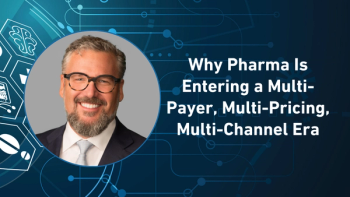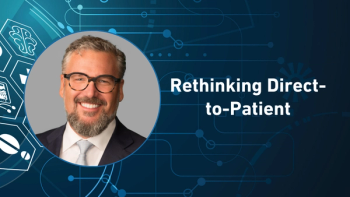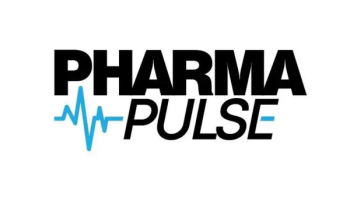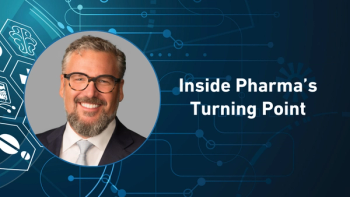Key Takeaways
- True omnichannel in pharma is a unified, customer-first marketing model—not just digital or multichannel tactics—requiring all teams and channels to work in harmony.
- Success depends on four pillars: deep customer understanding, consistent insight capture, data-driven personalization, and orchestrated customer journeys.
- Overcoming internal silos, aligning operations, and enabling collaboration—supported by AI but guided by human coordination—are essential to deliver seamless, impactful experiences.
Omnichannel has been a buzzword in pharma for more than a decade. Many of us worked on its foundations even earlier under labels such as “relationship marketing.” But despite widespread use, the term is often misunderstood, misapplied, overpromised, and ultimately not lived. Like musicians practicing in isolation, many pharma teams hit the right notes, but rarely together and in sync.
Omnichannel is not just digital marketing. It’s not multichannel, non-personal promotion, or a tech stack. Omnichannel is a fundamental marketing model, and the one best suited to conducting modern pharma efforts into something customer-first, harmonious, and impactful.
Today’s customers, be they healthcare professionals (HCPs), patients, or caregivers, expect experiences that are more than functional. They want them to be smooth, connected, and human. That’s the difference between marketing noise and a memorable composition. In healthcare and beyond, orchestrated experiences drive better results, yet many pharma companies still struggle to deliver this, both internally and externally.
Internally, omnichannel requires deliberate effort. Organizational silos, politics, legacy processes, disconnected data, and unclear ownership often disrupt the rhythm. While many companies have created centers of excellence to champion the cause, these efforts often stall unless they are truly embedded into brand strategy, operations, analytics, IT, and even agency partnerships.
Externally, marketing often becomes a cacophony, with disconnected tactics posing as strategy. At best, it’s multichannel. However, audiences don’t respond to noise, they respond to harmony.
To redefine the model, pharma must embrace orchestration, where each team, tactic, and touchpoint contributes to a unified, customer-first experience. Like a symphony, every instrument matters. True omnichannel requires four key elements across all channels (online and offline, personal and non-personal):
- Customer centric: Every effort must start with a deep understanding of the individual and a commitment to provide what they need, when they need it, and how they want it.
- Insight everywhere: Every touchpoint should acquire something meaningful about that customer. In other words, capture data.
- Data-powered personalization: Use data to deliver the right message, at the right time, through the right channel.
- Orchestrated journeys: Customers may only engage a few times. Those touchpoints must work in harmony, further resonating the impact.
Executing this symphony requires more than just sheet music (i.e., an executive declaration). It takes explicit alignment across the organization. Brand teams, omnichannel centers, operations (e.g., peer-to-peer, conventions, advocacy), patient services, field teams, training, IT, and analytics must all play in sync. AI can also act as an amplifier, helping scale and provide efficiencies. Change management and collaboration are critical enablers. But orchestration still demands human coordination, and brands must consider who is best to conduct it all.
Partnership models will continue to evolve, swinging between in-house and outsourced. But one principle must remain: a customer-centric omnichannel approach that plays in tune across every function and channel. That’s the future of pharma marketing, not just in theory, but in practice.
About the Author
Daniel J. Gandor is EVP, Head of Omnichannel & Digital Transformation with EVERSANA INTOUCH.





